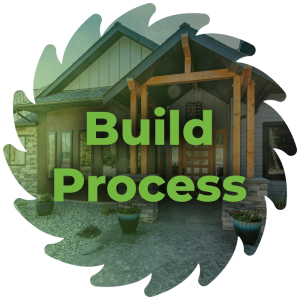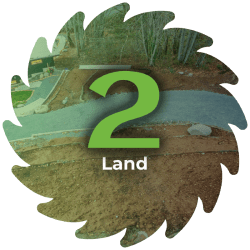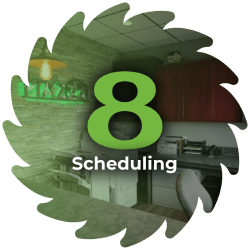Specification / Selection
Many of the technical selection items, such as what kind of lumber to use, how the plumbing and heating systems are installed, etc. which are necessary for building a home can be made by your building contractor or designer, so it is wise to pick an experienced and trustworthy builder. The fun part of the selection process is lead by the client, it includes plumbing fixtures, light fixtures, cabinets, countertops, and so forth. Once again, if the budget has been carefully monitored up to the point of making the selection, then there should be enough money left in the budget to put the finishing touches on the home that were envisioned.
An improperly handled budget, where the cost of the lot is too high, the land development cost was unknown until it was too late, and the home design has grown larger than the budget can handle, will cause the selection and finishing items to suffer. This does not have to happen if the whole budget process is carefully evaluated at the beginning so enough money is set aside to do the nice light fixtures, granite, appliances, cabinets, etc., which will transform a house into the dream home you have envisioned.
There are two stages in specifications- the budget stage and the final stage. Everyone has heard about budget overruns in the finishing areas. This sometimes leads to an ill-advised process of the owner trying to pick every knob and light bulb before the construction process starts. Most clients will go back and completely revisit all of their selections and sometimes put themselves through the process two and three times on certain items.
We believe the correct way to handle the specification process is as follows:
The designer/builder can block out the various finishing areas and you can address that one by one. A reasonable quantity, quality, and price need to be allotted to each of the areas to make sure you preserve enough money in the budget, so when it comes to finishing you can put into your home the items you had envisioned. You can help this stage by creating a simple file with ideas taken from your previous home, magazines, visits to stores, etc. File the photos by category (kitchen, plumbing, trim, etc.) Do not wear yourself out by trying to make your final decisions at the budget stage of construction. You will burn yourself out and will change your mind multiple times as you see the home being built. We help our clients to be educated on each of the finishing areas so they can then agree with the designer/builder as to how much to budget for each area. For instance, with appliances, the thousands of appliances available can confuse any purchaser. In our initial budget process, we will have a discussion as to what level of quality of appliances you think you are looking for, then we offer suggestions that fit that category. We will then put prices on each of these appliances for you and show you a total we suggest being included as a line item (allowance) in the budget to cover appliances. We sometimes recommend bumping the allowance 10% to 15% to allow for some latitude in the selection for upgrades should you decide to do this later.
Once the entire budget is put together, you can revisit each of the areas in a casual and informed fashion to refine the selection in plenty of time so the product can be ordered and delivered within the construction schedule. We have our customers start the selection process early, once they are done the owner can go back and make trade-offs from one selection category to another to come up with a final specification that meets their needs at the agreed-upon budget. Our goal in John Piazza Jr. Construction is to have the allowance trade-offs “revenue neutral” at the end of the job, so the owner does not run over the agreed-upon budget. It is infrequent that any of our clients run over more than 3% to 5%. The overruns, when they come, are generally caused by the client completely changing their minds as to the level of finishing which were originally agreed upon. Many customers are concerned about being penalized for making changes as the process proceeds. If you selected a good, quality, true custom builder as your contractor, there should no monetary penalty for you to change your mind on the refrigerator as often as you want, up to the date that we actually place the order. We are, after all, a custom builder, and custom means unrestricted choices.














